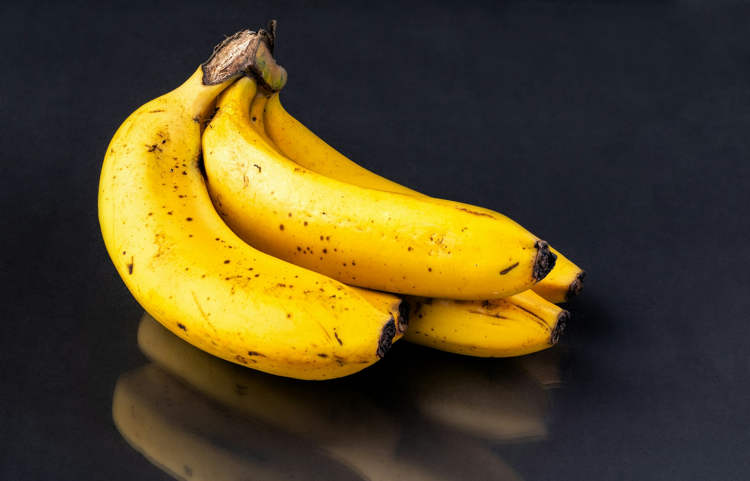Fishermen from the Brazilian town of Laguna have developed a unique symbiotic relationship with dolphins: they rely on the intelligent creatures to help them catch fish! Studies have revealed that there’s a particular group of about 20 bottlenose dolphins that work alongside the fishermen, while the rest of the local dolphins prefer to look for food on their own.
The dolphins work together to herd groups of mullet towards the fishermen. They then use head- or fin-signals to alert the fishermen as to when and where the nets should be thrown. The system works well for both parties: neither could survive without the other. The fishermen get to catch all the fish they need, while most of the stray fish that manage to escape the nets swim right into the dolphins’ mouths. The water is so murky near Laguna that the fishermen could never catch fish as efficiently without the dolphins’ help. That’s why they only fish when the marine mammals show up.
Photo: Fabio Daura-Jorge
“About 200 local artisanal fishermen are almost entirely reliant on the dolphins for catching fish,” study researcher Fábio Daura-Jorge told LiveScience. “The fishermen do not fish without the assistance of the dolphins and know the individual animals from their natural marks and can recognise them by eye.” He added that the fishermen even have names for the dolphins, like ‘Scooby’ and ‘Caroba’.
Interestingly, the researchers discovered three different social networks of dolphins in Laguna, only one of which cooperate with the fishermen. The cooperation might be a learned or inherited behavior trait, because nothing in the environment actually stops other dolphins from helping the fishermen as well. Researchers believe that the behavior is passed down from mother dolphins to their calves, through social learning. Similarly, elder fishermen teach their children how to work with the dolphins.
Photo: Fabio Daura-Jorge
“The idea that the demands of complex social interactions could have driven the evolution of intelligence has been around since the mid ’70s,” said Luke McNally of the Theoretical Ecology Research Group at Trinity College Dublin. “Most work on this hypothesis since then has utilized data from the primates to show that various social characteristics, such as group size, group stability and deception, correlate with brain size.”
“Dolphin societies are very complex, and social interaction seems to drive foraging behavior,” Fábio explained. “It might be that the development of specialised foraging behavior occurs in small tight-knit resident coastal communities because there is a high degree of social interaction between the animals.”
Photo: Fabio Daura-Jorge
“Essentially, if we lose the cooperative dolphins, we lose this unique traditional way of life and vice-versa,” he added.
Although both parties get their share of fish, it is interesting to note that there is never a direct exchange of fish between the dolphins and the fishermen, nor do they follow a fixed schedule. “The dolphins work on their own time: The fishermen often stand idly onshore when the botos are not around,” conservation biologist Joe Roman writes on Slate.com.
“Beyond Brazil, such symbiotic interactions, in which both humans and a wild species benefit, are rare,” he adds. “Most appear to be what biologists call commensal relationships: One side benefits, the other neither gains nor loses.”
This unique form of cooperative fishing has been going on for at least 120 years, as proven by a 19th century letter that mentions the special dolphins of Laguna, but no one knows exactly how it started.









